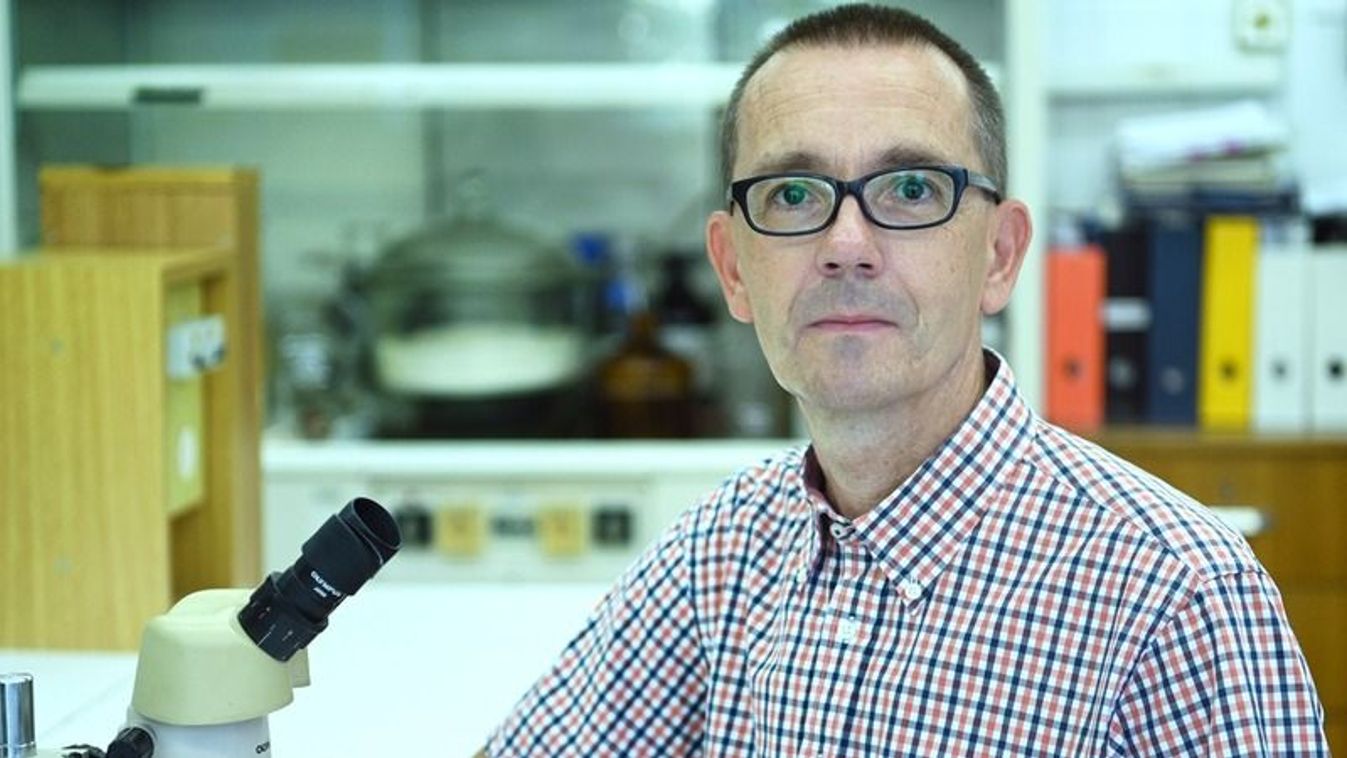Urbanization is one of the global environmental problems today. This process has a significant impact on natural habitats close to nature and the species associated with them. Studies to date have demonstrated that the impact of urbanization can be observed at all levels of biological organization, from populations to communities to ecosystems.
At the ecosystem level, symbiotic relationships, especially symbiosis with microorganisms living in the intestinal tract, are of particular importance, as the relationship with these organisms can greatly influence the fitness and selection success of the host. Gut-dwelling microorganisms, members of the gut microbiome, can enter the host's digestive tract from the environment and food consumed. Urbanization significantly changes environmental conditions, and we can assume that it can also affect the composition and diversity of the gut microbiome, explained Tibor Majura, a professor at the Department of Environment at the Faculty of Science and Technology of the University of Debrecen.
The professor added: The vast majority of previous studies that investigated the impact of urbanization on the gut microbiome focused on human and vertebrate populations (mainly mammals and birds). In the few studies conducted on insects, without exception, well-dispersed species capable of flight have been studied. On the other hand, the Department of Ecology of the Faculty of Science and Technology of the University of Debrecen, the Anthropocene Environment Research Group HUN-REN-DE, and the staff of UD-GenoMed Medical Genomic Technologies Kft., have discovered a species of flightless organisms. Ground beetle, silky fotinka (Carabus convexus), in cities and towns The intestinal bacterial communities of individuals living in forests outside were examined by next-generation sequencing of DNA encoding the 16S rRNA of the bacteria.
– According to the results of the study, the composition of bacteria that live in the intestinal tract of Votrienka does not differ significantly between individuals who live in the city and those who live outside the city. On the other hand, the bacterial community was significantly more numerous and diverse in the intestinal tract of beetles housed in forests outside the city than in their counterparts living in urban forests. Based on the results, it can be concluded that processes associated with urbanization, isolation and structural transformation of natural habitats close to nature, as well as changes in environmental conditions – for example, an increase in average temperature, a decrease in soil moisture – also reduce bacterial diversity. In urban habitats, therefore much less bacteria present in urban areas than in the environment can enter the intestines of beetles – stressed Tibor Magura, Head of the Department of Ecology.
In the research conducted in Debrecen, several researchers from the Department of Environment participated, University Professor Tibor Majura, Assistant Professor Szabolcs Mieszer, Associate Professor Roland Horvath, Research Assistant Maria Toth, Research Professor of the Anthropocene Environment Research Group HUN-REN-DE Gabor Löfy, UD-István Likó, employee of GenoMed Medical Genomic Technologies Kft., participated.
To characterize the diversity of gut bacterial communities, the researchers used a method widely used in community ecology, but not yet used in studies of molecular urban ecology, the one-parameter Rényi diversity function family published by Alfred Rényi.
The advantage of this method is that diversity is not characterized by a single value, but rather by a diversity profile, which is obtained by plotting diversity values as a function of a scale parameter. Moreover, this type of size-based diversity characterization of communities includes most classical diversity indices. The professor emphasized that this methodological innovation is also important because it always gives new impetus to the development of the scientific field when the methods developed and applied in other scientific fields begin to be used.
The research results were published in the prestigious scientific journal Molecular Ecology and are freely available.












































